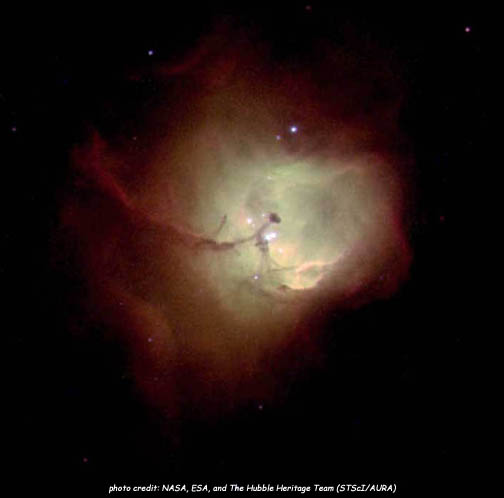

A star is actually a giant ball of gas. Made of mostly hydrogen, they run like a nuclear fusion generator making heat and light energy. They vary in size from tiny neutron stars that are just a few miles wide to red super giants that are millions of miles wide. Stars can live for billions of years. The larger the star, the shorter its lifespan. When a star dies, it is because it runs out of hydrogen. It cools and expands into a red giant, then collapses into a white dwarf, and finally becomes a dead black dwarf. You can tell when you are seeing a star in a photograph because stars seem to have spikes of light shooting out from their center. This is really just how a relic of how the telescope captures the bright starlight.
